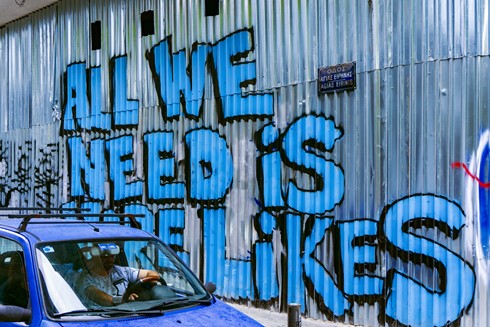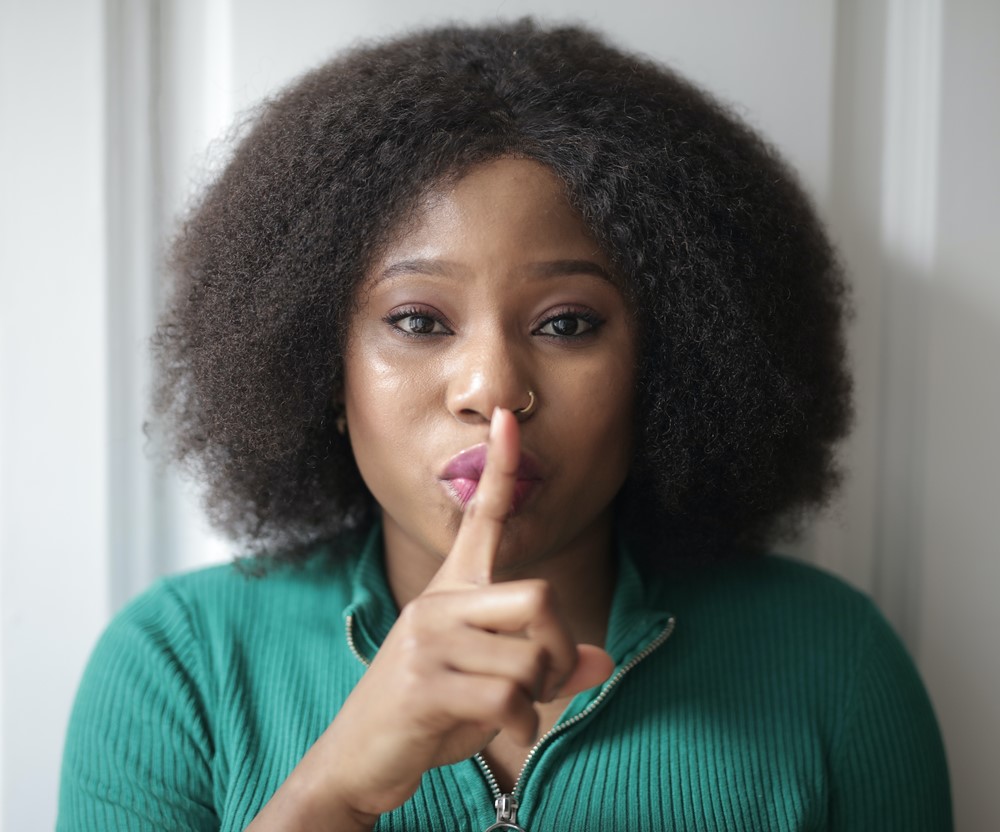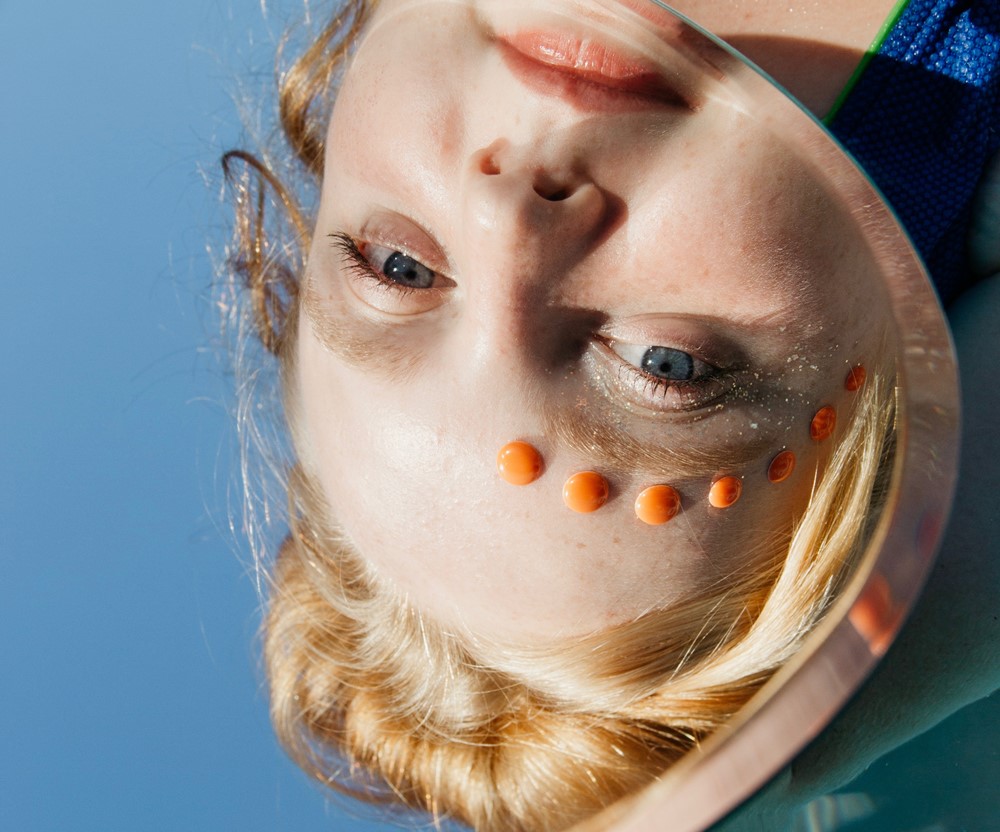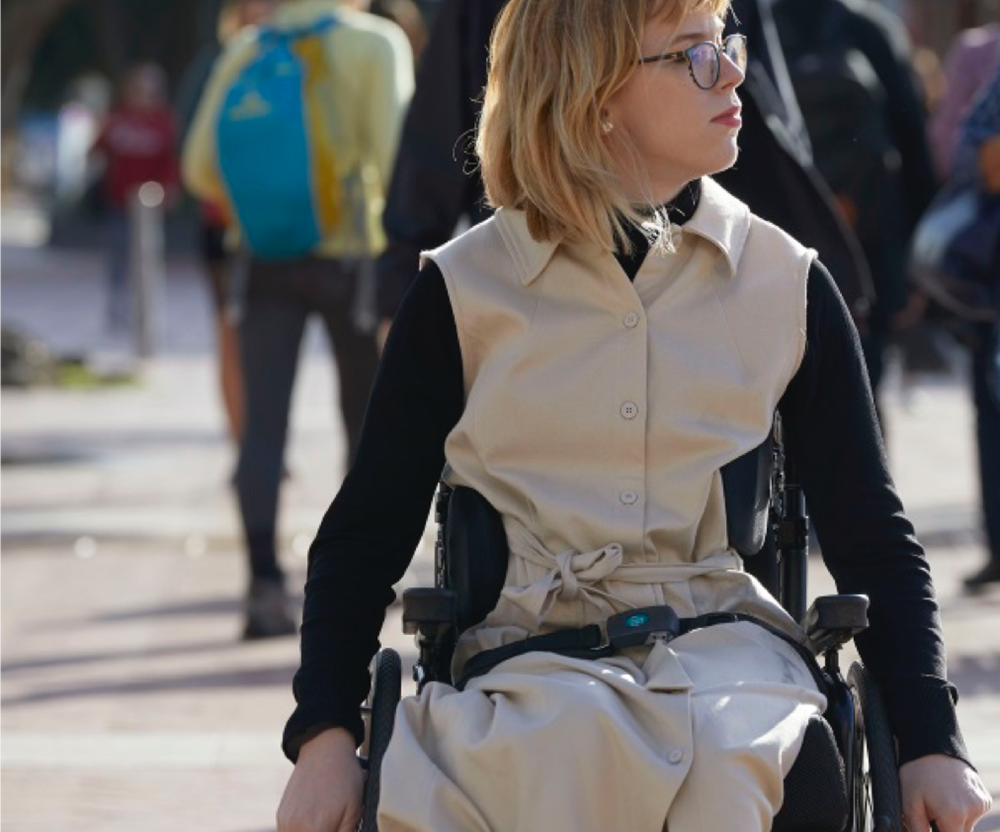How the Media/Social Media stuffs up our Body Image and what to do about it
Anti(social) Media
Categories
- Thought Leadership
The most commonly acknowledged influence on body image is exposure to unrealistic ‘ideal’ bodies through film, television, magazines, advertising and social media. Exposure to these images is said to promote the valuing of these ‘ideal’ and unrealistic body types. The media also helps create and reinforce certain social norms. Corporate influences and advertising have a big role to play in “influencing people’s understanding of gender identity and what is pretty, cool or good”.
Multiple studies have shown how media perpetuates stereotypes and the thin ideal:
- A study of children's movies and TV programs in 2004 found that more than two-thirds linked thinness and physical attractiveness with positive personality traits (e.g., caring, kindness) while 75% of the programs linked bigger-bodied characters with unfavourable traits.
- Analysis of the text accompanying “Fitspiration” posts on social media have found that they often include guilt-inducing messages that focus on body image. Another study has shown that an overwhelming percentage (72%) of these posts emphasize appearance, rather than health (22%).
- Aside from body shape, other appearance features are also subjected to narrowly defined appearance standards in media content. Faces are spotless and have no irregularities or pimples. Characters seldom have visible disabilities. With regard to skin colour, having a sun tanned skin is considered ideal for White individuals whereas having lighter skin is considered ideal for Black individuals. Appearance standards of non-White characters particularly favour Eurocentric features, and thus characteristics that cause one to look more “Westernized” (e.g., double eyelids for Asians, flat hair for Black individuals).
- An analysis of over ten years of Seventeen magazine revealed a focus on the creation of “body problems'' (establishing two sets of body characteristics: one desirable, one undesirable) in the minds of girls and then offering guidance on how to fix these problems. These types of magazines extoll the virtues of controlling the body through bodywork regimens and diet whilst at the same time encouraging resistance against dominant cultural discourses about the body (e.g., the thin ideal) that they themselves promote in their pages.
- In a content review of women’s fashion and fitness magazines, researchers found that most models were young, thin and white. Only 6% of the models had rounder, softer body types, and 95% of the models in the fashion magazines were characterized as lean.
Other studies illuminate the negative impact this has:
- After television became widespread in Fiji, a study found that 11% of adolescent girls reported vomiting for weight control, 74% reported feeling at, and the prevalence of disordered eating doubled from 13% to 29%.
- An analysis of 25 different published studies found that exposure to thin ideal media images leads to increased body dissatisfaction for women. Research also links these images to increased feelings of depression and anger as well as decreased positive emotions and self-esteem - especially among adolescents.
- Participating in photo-based activities, like scrolling through Instagram or posting pictures of yourself, is a particular problem when it comes to negative thoughts about your body.
- Social media environments might influence adolescent girls and young women to engage in social comparison leading to feelings of inadequacy and body dissatisfaction.
- In a recent UK survey, 25% of young people (13% of boys and 37% of girls) said celebrities have caused them to worry in relation to their body image, and 19% (10% of boys and 28% of girls) said TV shows caused them to worry in relation to their body image (Mental Health Foundation UK, 2019).
- A 2016 study found 1/5 of women who regularly post in fitspiration were at significant risk of eating disorders.
This perfect storm of low self-esteem and focus on appearance is exactly what advertisers and companies want. The vulnerability that results from seeing these perfected images is what drives much of women’s consumer behaviour. When you feel yourself falling short of the ideal, you’ll consider buying a product in an attempt to move yourself closer to it. Industries are profiting from this dissatisfaction and creating a culture that makes it very difficult to be accepting of your body.
It’s important to consider how we interact with social media and the impact that may have on body image. The use of social media has evolved over the years to be all about appearance. Through it, we scrutinise how we compare to others - friends, peers, celebrities - and we spend a lot of time online talking about appearance - weight concern, fitness goals, praising and criticising. When we receive compliments about appearance, this reinforces the importance of body image in how you are judged as a person.
Rather than the time spent on social media, maybe it is the way we use it that explains the relationship between social media and body dissatisfaction. A 2014 study found that time spent on photo activity, rather than time spent on Facebook generally, was linked to thin-idealization, self-objectification, weight dissatisfaction, and pursuit of thinness. Similarly, another 2015 study found that “social grooming” behaviours such as “liking”, visiting, and commenting on friends’ posts and photos were linked to body image concerns. The researchers explained this link through the notion that “social grooming” activities lead to viewing other individuals’ profiles, particularly their photos.
It’s clear that social media can have serious and detrimental effects on the body image of young people. However, social media also provides a place for people to create content which challenges dominant norms around body image. We must not lose sight of the extent to which social media can promote body positivity by allowing young people to connect with individuals with similar experiences and take control of their own image.

There are some actions we can take to take back the power from the media and social media whilst improving how we feel about our bodies:
Become (social) media literate
Research has shown that teenage girls who take a critical approach to viewing idealised appearance images in traditional media are protected against a negative effect on body image). This means we should take a step back, question the truthfulness of a media image and ask yourself:
- Has this image been changed or manipulated to make it look a certain way?
- Why is this image being presented this way?
Also important is understanding how people interact on social media and remembering that people carefully select and/or modify images of themselves so as to present the best version of themselves and their world. It is very rarely the full picture of a person’s life in all it’s ugly, messy, and imperfect glory. With this more critical eye, the less likely you are to make comparisons and find yourself lacking.
Do A Social Media Cleanout
Go through all your social media channels, but especially Instagram (since it is so photo-focused). Unfollow or delete anyone or any account that:
- Makes you feel bad about yourself or your body
- Features extreme exercise or dieting behaviours
- Cuts out certain foods or food groups
- Talks about “clean eating” or “good” foods and “bad” foods
- Gives unsolicited diet advice
- Shares before and after photos
- Propels the myth that weight loss = health (because spoiler: it doesn’t)
- Causes you to compare yourself to them
After you’ve finished your cleanout, actively look to include diversity into your feed if you don’t already. Make sure you're seeing different shapes, sizes, skin shades, and able-ness when it comes to any influencers.
Check your mood and set limits
On days when you're feeling vulnerable, anxious, depressed or just not so good then limit your time on social media. If you are having a bad day, then set a timer before scrolling. A study found that on vulnerable days only 20 minutes of looking at 'fashion' images can reduce self-esteem.

There is much that can be done at the regulatory and industry level too:
Regulation of Social Media
Social media companies should no longer be left to monitor and remove harmful content themselves but should be regulated by an independent body and incur hefty penalties if they are found to not be doing enough to combat harmful content online effectively.
If an independent regulator is established by the New Zealand government, they should consider the potential to address harms relating to the promotion of unhelpful or idealised body image online, beyond content related to eating disorders. The new codes of practice should include an expectation that social media companies should improve their practice in relation to how their platforms are used to propagate unhealthy body image through advertising and algorithmic promotion and commit them to ensuring the content they promote to users does not exacerbate body image concerns.
Discrimination and stigma
Social media companies should be expected to have clear systems for users to report bullying and discrimination and effective means to take down offending content. Users should have greater control over the content they see and should be able to hide likes and comments, as well as filter content that they consider undesirable.
Media portrayal of obesity contributes to the formation and maintenance of fat stigma attitudes, misconceptions about obesity and influence discriminatory behaviour. Likewise, there are substantial examples of stigmatising comments from Government, healthcare professionals, and academics when working with the media. Thus, when engaging with the media, there is a need for us all to consider how we communicate about obesity, avoiding stigma and discrimination.
Read more like this...




